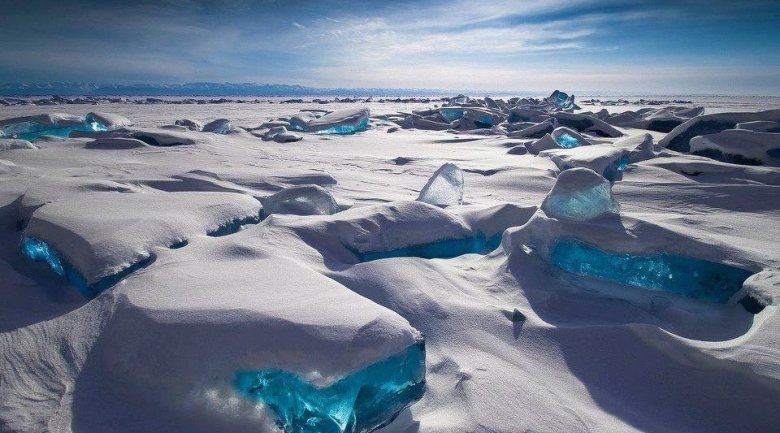
Polar bears are taking matters into their own hands and standing up to climate change, by shifting their distribution patterns towards icier areas further north. Warming temperatures are driving dramatic losses in sea ice, leaving these cold-climate mammals stranded. That’s bad news for polar bears that depend on sea ice to travel, and in some areas den.
If the rate of climate change doesn’t let up soon, these amazing animals will be gone before 2100, experts say. Populations have already plummeted a whopping 40 percent in the last decade alone as severe ice loss – forcing polar bears to travel further to find food, leads to starvation.
And with Arctic sea ice expected to disappear entirely by the end of the century, polar bears are quickly realizing that it’s either adapt or die. "In general, polar bears move with their habitat," Elizabeth Peacock, a US Geological Survey (USGS) researcher, explained to Discovery News. "Sea ice is like a moving sidewalk and they travel with it," she continued. "Bears likely move towards places with better access to prey and mates."
Their go-with-the-flow attitude has been leading polar bears towards the Canadian Archipelago, which is north of the Canadian mainland in the Arctic. In the new study, published in the journal PLOS ONE, Peacock and her team identified four genetically similar clusters of polar bears, hailing from the Eastern Polar Basin, Western Polar Basin, Southern Canada and the Canadian Archipelago. DNA analysis showed that gene flow has shifted toward the latter location.
But polar bears aren’t the only ones affected by climate change and thus changing their ways. Walruses, which normally gather on sea ice, are instead taking to the beaches, as seen when a hoard of 35,000 clambered to the Alaskan coast near Point May back in October. However, they may have in fact been stranded and not intentionally sought out real estate on the beach.
